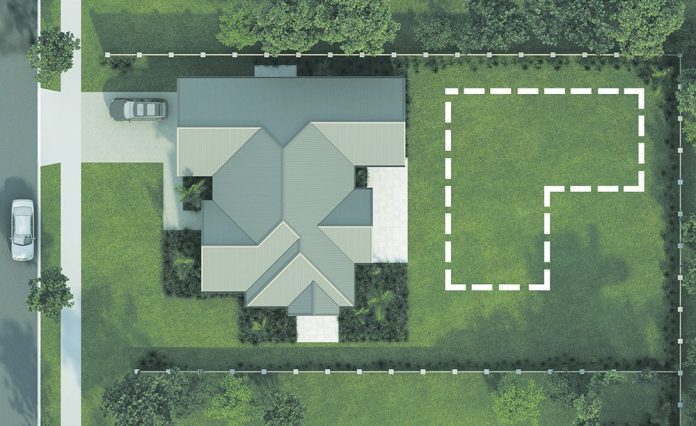Subdivision is the process of dividing a parcel of land into two or more smaller lots, each with its own title. This can be an excellent way to maximize the value of your property, but it also comes with a complex set of regulations and requirements. In Auckland, the rules governing subdivision are detailed and specific, aiming to ensure that development is sustainable, enhances the community, and respects environmental standards. This guide will walk you through the key aspects of subdivision Auckland, helping you navigate the process with confidence.
Understanding Subdivision Types
Fee Simple Subdivision
A fee simple subdivision involves creating separate titles for each new lot, with each owner having absolute ownership of their land. This is the most common type of subdivision in Auckland.
Unit Title Subdivision
Unit title subdivisions are typically used for multi-unit developments, such as apartments. This involves dividing a property into units, with shared ownership of common areas like driveways and gardens.
Cross Lease Subdivision
In a cross lease subdivision, multiple owners share ownership of the land, leasing specific portions from each other. This type of subdivision is less common today but can still be found in Auckland.
Key Regulations and Requirements
Zoning and Planning
The Auckland Unitary Plan (AUP) is the primary document governing land use and development in Auckland. It outlines the zoning rules and what types of development are permissible in different areas. Understanding the zoning of your property is crucial, as it affects the size and type of subdivision you can undertake.
Minimum Lot Size
The minimum lot size for subdivision varies depending on the zoning of the property. For example, in the Mixed Housing Suburban zone, the minimum lot size is typically 400 square meters, while in the Single House zone, it can be larger.
Infrastructure and Services
Adequate infrastructure and services must be available for new lots. This includes access to roads, water supply, sewage, and stormwater management. Developers may be required to upgrade existing infrastructure or contribute to the cost of new services.
Resource Consent
Most subdivisions in Auckland require resource consent, a process that assesses the environmental impacts and ensures compliance with the AUP. The application for resource consent must include detailed plans and reports, such as a site plan, engineering plans, and an assessment of environmental effects.
The Subdivision Process
Pre-Application Meeting
Before submitting a resource consent application, it is advisable to have a pre-application meeting with Auckland Council. This helps clarify the requirements and address any potential issues early in the process.
Application Submission
The resource consent application must be comprehensive, including all necessary documents and plans. It is often beneficial to engage professionals such as surveyors, planners, and engineers to assist with the application.
Assessment and Notification
Once submitted, the application will be assessed by the council. Depending on the scale and impact of the subdivision, the application may be notified, allowing for public submissions. Notified applications generally take longer to process.
Decision and Conditions
If the application is approved, the council will issue a decision with conditions that must be met. These conditions can include requirements for infrastructure improvements, environmental protections, and contributions to community amenities.
Final Approval and Titling
After meeting all conditions, a final survey plan is submitted for approval. Once approved, new titles for the subdivided lots can be issued by Land Information New Zealand (LINZ).
Challenges and Considerations
Environmental Impact
Subdivisions can have significant environmental impacts, particularly on water quality, vegetation, and wildlife habitats. It is essential to incorporate sustainable practices and comply with environmental regulations.
Community Impact
Subdivision can affect the character and amenity of a neighborhood. Engaging with the local community and addressing their concerns can help smooth the process and create a more harmonious development.
Financial Viability
The costs associated with subdivision, including application fees, infrastructure contributions, and professional services, can be substantial. A thorough financial analysis is crucial to ensure the project’s viability.
Conclusion
Subdivision in Auckland offers significant opportunities for property owners and developers but requires careful planning and compliance with a complex regulatory framework. By understanding the key regulations, engaging with professionals, and planning meticulously, you can navigate the subdivision process successfully. Whether you’re looking to maximize the value of your property or create new housing opportunities, this guide provides a comprehensive overview of the essential steps and considerations for subdivision in Auckland.
By following these guidelines and staying informed about the latest regulations, you can achieve a successful subdivision that meets all legal requirements and contributes positively to Auckland’s urban landscape.
















